Back to Products Used Marshall Mg15msii Micro Stack Guitar Stack
What's Hot from Marshall
Trending Marshall Topics
See all Marshall Products
The Art of Listening: The Birth of the Legendary Marshall Sound
Rock guitar players love telling tongue-in-cheek, derogatory drummer jokes. So it is more than a tad ironic that a drummer is responsible for a vitally important sonic cornerstone of rock guitar: Marshall amps. Yep, the late, great Jim Marshall was a drummer — one of England's finest actually — who also mastered the vital art of listening.
Jim opened a drum shop on the outskirts of London, England, in the early '60s, and while his competitors shunned the then-fledgling rock community, Jim embraced them. So much so that Keith Moon actually worked there as a "Saturday boy"! As a result, Jim's shop became a regular hangout for rock bands. And guitarists such as Pete Townshend pleaded with Jim to also stock guitars, strings, picks, and amps. So he did. Jim also listened closely to what players like Pete really wanted from a guitar amp and why.
Once he had the sound rock guitarists lusted for firmly fixed in his head, Jim put together a 3-man team to make it happen. The sixth prototype "was the one," and so the legendary Marshall sound was born, because a drummer was smart enough to listen, understand, and then strive to not only meet but exceed rock guitarists' expectations!
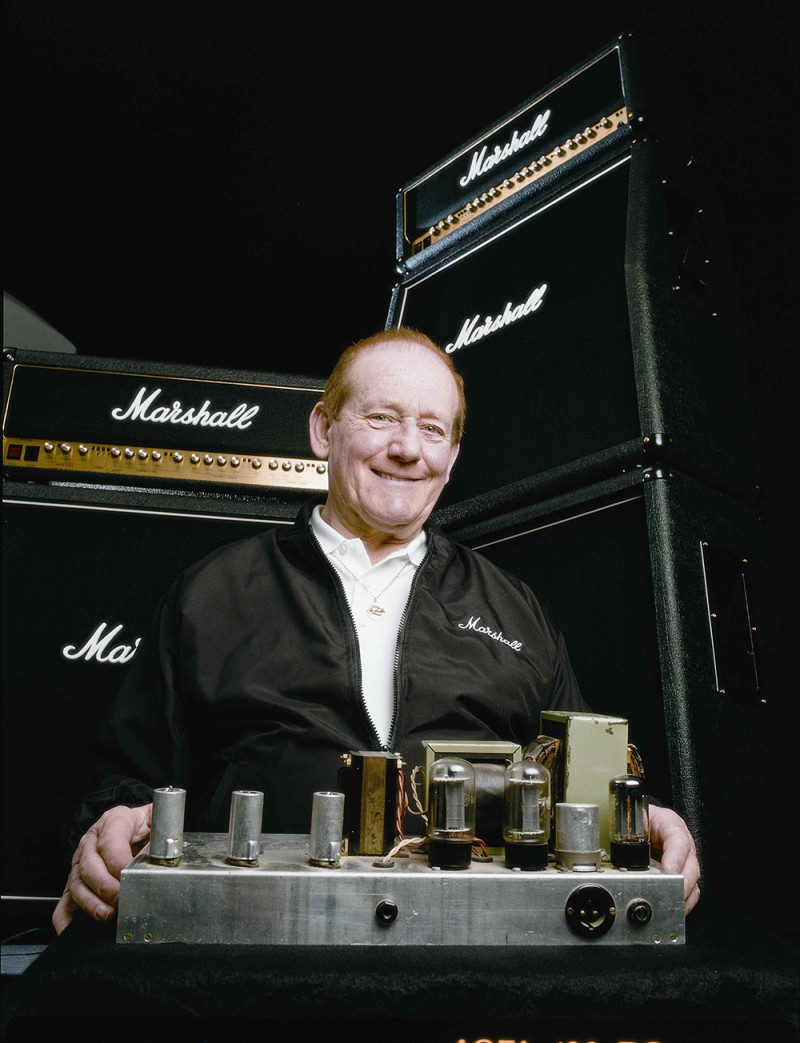
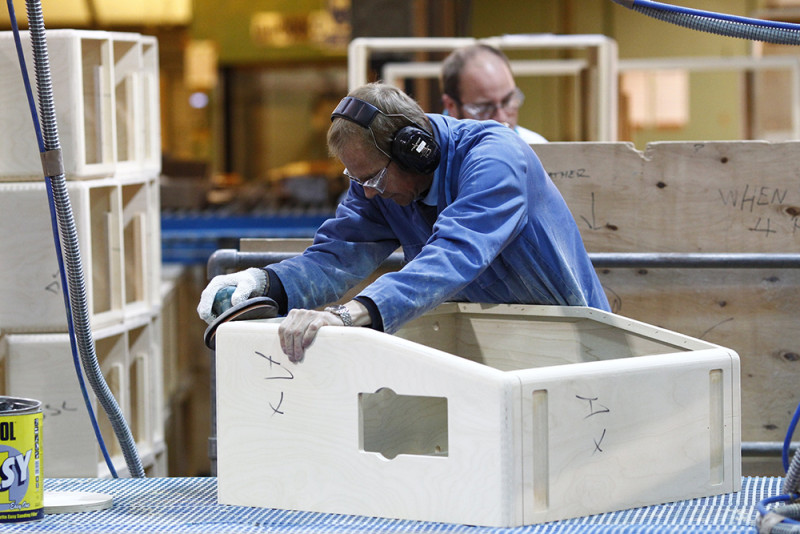
Looks That Kill: The Birth of the Angled 4 x 12"
Although the first Marshall was christened the JTM45 (JTM = Jim and Terry Marshall — Terry being Jim's son), it was a 30-watt amp, not a 45-watt as is still often misconceived to this very day. That said, the 30 watts in question are "clean" ones. When the amp is cranked to "11," it kicks out far more.
At the time, the most powerful 12" speakers around were rated at 15 watts. As a result, the JTM45 kept blowing up speakers in a mere 2 x 12" enclosure due to the head's conservative output rating. So Jim decided that a compact 4 x 12" cabinet was the only logical partner for his amp. He built one with a straight front but didn't like the combination's aesthetics: "It just looked like a small box on top of a bigger one, it didn't look designed," he recalled.
So he decided to angle the front of the top half of the 4 x 12" to make it look "designed." As it happens, the angle he liked meant that the top half of the baffle (the piece of wood onto which the speakers were mounted) had to be angled too — so the resulting angled 4 x 12" not only looked different than a straight one, but it also had a different sonic character and dispersion because the top two speakers were angled several degrees upward.
Built in England — with Pride!
For the first few decades, every single Marshall head, cabinet, and combo was built in Jim's fast-growing English factory. Then, in the '90s, with more and more guitarists requesting affordable entry-level amps, Jim carefully chose an overseas factory to satisfy the huge demand. To ensure 100% control over both production and quality, Marshall now owns and operates this manufacturing facility.
Today, while the popular MG, CODE, and DSL lines are made abroad, Marshall still manufactures its high-end products in Bletchley, England. These offerings include the company's flagship JVM line, Astoria, all reissues, all cabinets beginning with "19," and also all handwired amps and cabs.
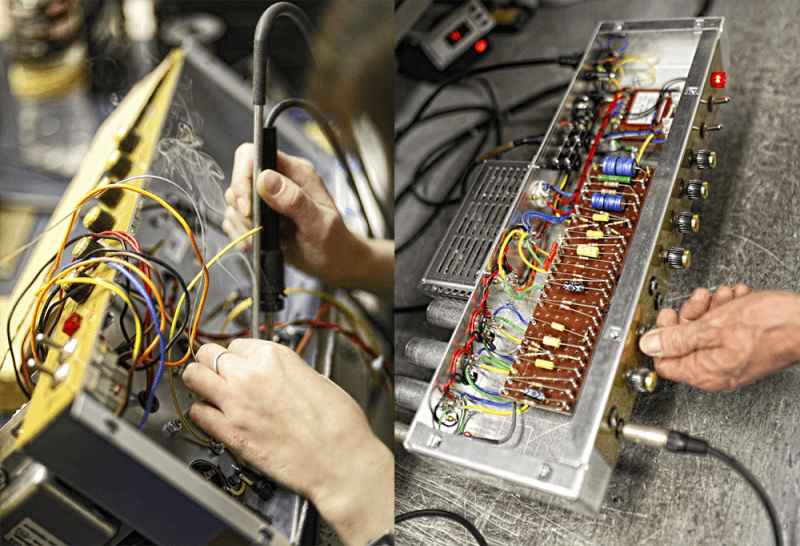
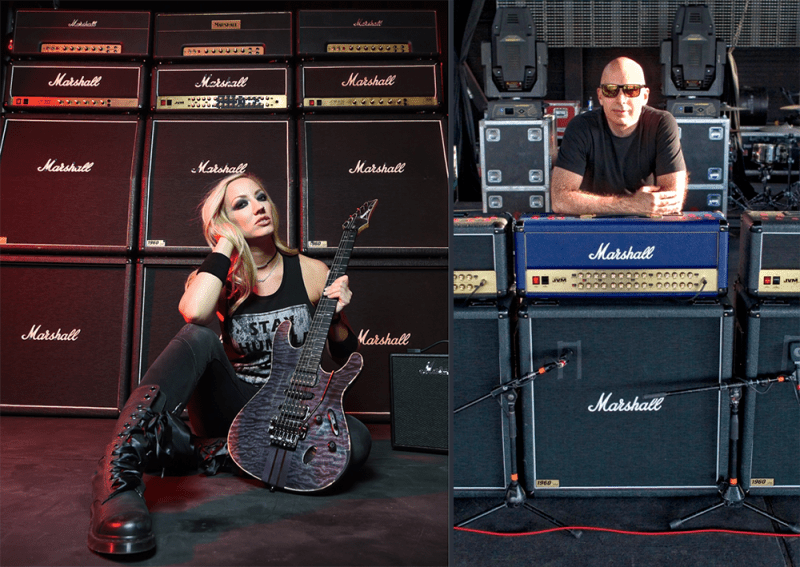
Marshall Heads and Cabs
Not surprisingly, classic Marshall 100-watt valve ("tube" for those of us on this side of the pond) heads continue to be firm favorites — namely the 1959SLP Plexi, JCM800 2203, the Silver Jubilee 2555, and JCM900 4100. Newer, more affordable heads also fare well — especially the valve DSL100H and 2525H, plus the two highly versatile 100 watters: the solid-state MG100HCFX and the digital Code100H.
To a great many people, Marshall's UK-made 1960 cabs are considered the industry standard, not only in terms of sound, but also rugged road-worthiness. The company offers a wide range of more affordable cabinets too — from the 4 x 12" to a back-friendly 1 x 12".
Combo Corner
News Flash: The Stack Company makes best-selling combos too!
While most people rightly consider the Marshall name to be synonymous with the Hadrian-sized wall stacks of 100-watt heads and cabinets that have adorned countless stages and hit videos, the company also offers combos!
Furthermore, offerings such as the UK-made 20W tube 1 x 12" 2525 Mini Jubilee combo, the Celestion Creamback-loaded 40W tube 1 x 12" DSL40CST (a Sweetwater creation!), the digital 50W 1 x 12" Code 50, and the solid-state 30W 1 x 10" MG30CFX are proven best sellers. From 10W to 100W, Marshall offers well in excess of 20 combo choices.
Interesting Trivia Fact: The very first Marshall combo, the now-legendary 2 x 12" all-tube Bluesbreaker, was made in late 1964 because of a young man named Eric Clapton. "He used to practice there in the shop," Jim recalled. "He asked me to build a combo so he could put the whole thing right into the boot [trunk] of his car. That's how the Bluesbreaker — the first Marshall combo — came about."
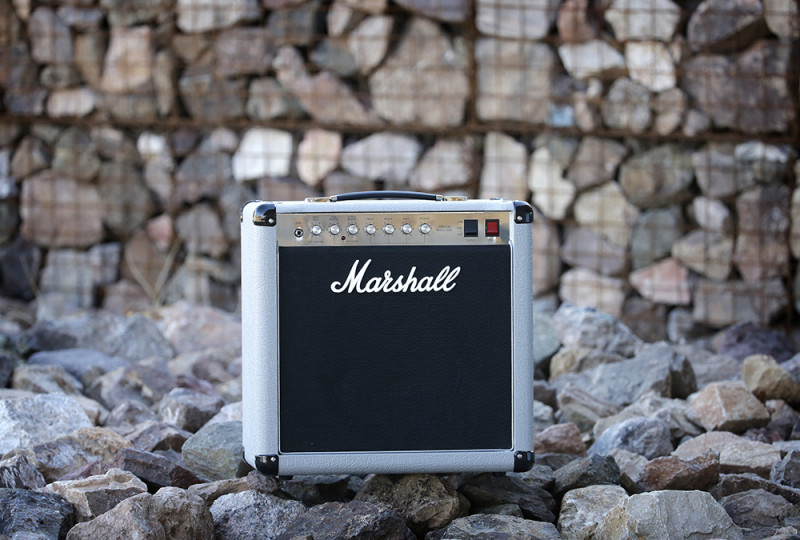

Judge Marshall by the Company They Keep
Since 1962, the number of legendary rock bands, albums, and concerts that have been fueled by Marshall is a massive one. From the genre's forefathers to modern-day guitar heroes, the list of users is as impressive as it is long — very long. Let's see...
Jimi Hendrix, Eric Clapton, Jeff Beck, Jimmy Page, Ritchie Blackmore, AC/DC, Bad Company, Motorhead, Judas Priest, Iron Maiden, ZZ Top, Slayer, Slash, Yngwie Malmsteen, Joe Satriani — to name but 15. The list is endless.
Since the mid-'90s, the signatures of several 6-string supremos have joined Jim Marshall's on a Marshall Signature or Tribute head and/or cab — Zakk Wylde, Kerry King, Jimi Hendrix, Randy Rhoads, Paul Weller, Yngwie Malmsteen, Dave Mustaine, Lemmy, and Slash.
Back to Products Used Marshall Mg15msii Micro Stack Guitar Stack
Source: https://www.sweetwater.com/store/manufacturer/Marshall
0 Response to "Back to Products Used Marshall Mg15msii Micro Stack Guitar Stack"
Post a Comment